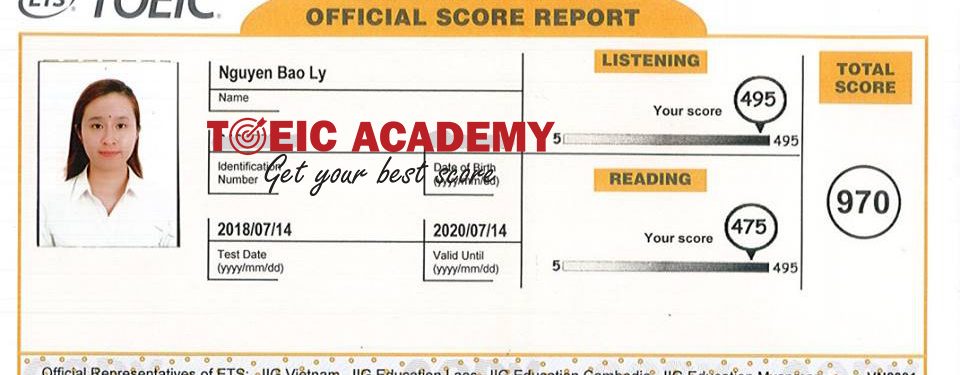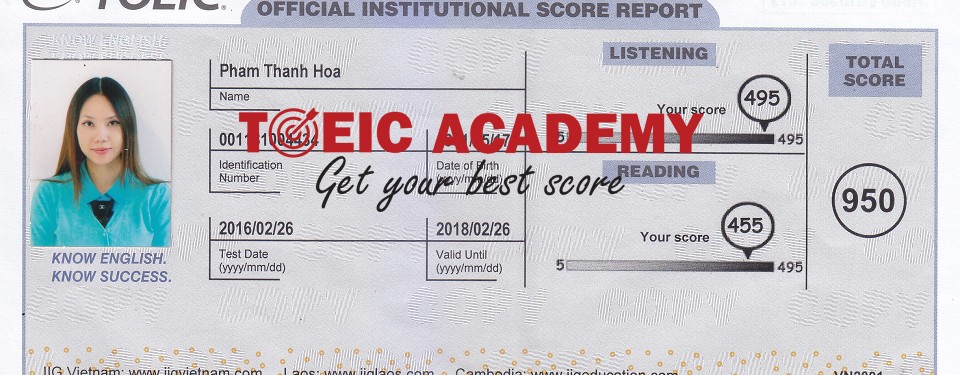Relocating can be a daunting experience, especially when it comes to ensuring the safety of your essential kitchen gear. Properly organizing everything from pots and pans to fragile glassware is crucial for a stress-free relocation. The right approach to kitchen packing not only saves time but also minimizes the risk of damage during transport.
Choosing the best packing materials plays a vital role in protecting your belongings. Utilizing sturdy boxes and foam wraps can offset the anxiety associated with fragile items transport. It’s essential to secure each piece, especially those precious items that are often at risk, like delicate dishes and glassware.
If the thought of moving seems overwhelming, consider enlisting professional moving help. Their expertise can ensure that your belongings are packed efficiently and securely, allowing you to focus on other vital aspects of the transition. Moving doesn’t have to be a nightmare; with the right strategies in place, you’ll be on your way to a smooth and successful transition.
Choosing the Right Packing Supplies for Kitchen Items
When it comes to organizing a successful relocation, selecting the appropriate materials is crucial, especially for fragile items transport. Using the best packing materials will ensure that everything from plates to glassware is perfectly protected during transit.
Consider investing in high-quality moving supplies such as sturdy boxes, bubble wrap, and packing paper. These essentials provide secure packaging that minimizes the risk of breakage. It’s advisable to use specialized boxes designed specifically for moving dishes, as they have compartments that keep items separated and cushioned.
Moreover, don’t overlook the significance of packing tape and markers. Properly sealing boxes and labeling them aids in a smoother, stress-free relocation. Clearly marked boxes help professional moving help efficiently organize and transport your belongings.
| Item | Purpose |
|---|---|
| Sturdy boxes | To hold and protect kitchen items |
| Bubble wrap | Cushion fragile items |
| Packing paper | Wrap delicate possessions |
| Moving tape | Secure boxes closed |
| Markers | Label boxes for easy identification |
By thoughtfully selecting these materials, you can ensure a seamless transition to your new space, safeguarding your cherished kitchen items in the process.
Steps to Organize and Sort Kitchenware Before Packing
Ensuring a stress-free relocation begins with an effective organization strategy. Sorting through your kitchen items beforehand can save time and effort later. Follow these steps to streamline the process:
- Assess Your Inventory:
Start by taking stock of all utensils, dishes, and appliances. Create a list that includes items you frequently use and those that are rarely touched.
- Declutter:
Consider what you truly need. Donate, sell, or recycle items that you haven’t used in the past year. Aim to minimize the number of pieces that will require moving.
- Group Similar Items:
Organize your belongings into categories such as:
- Dishes and cutlery
- Glassware and mugs
- Small appliances
- Cookware and bakeware
- Storage containers
- Choose the Right Boxes:
Select boxes that are durable enough to withstand the weight of your kitchen items. Utilize the best packing materials to ensure secure packaging.
- Prepare Glassware and Fragile Items:
When moving glassware, wrap each piece individually using bubble wrap or packing paper to prevent breakage. Adding cushioning at the bottom of boxes can also help protect these delicate items.
- Label Boxes Clearly:
As you pack, label each box with its contents and the room it belongs to. This will facilitate easier unpacking and organization at your new home.
- Consider Professional Moving Help:
If managing the kitchen packing seems overwhelming, consider hiring professional movers. They can offer expertise and assistance in handling your kitchen items efficiently.
By following these organized steps, transitioning to a new dwelling can be a seamless experience. Enjoy your new space without the hassle of disorganized kitchen items!
Best Practices for Packing Fragile Kitchen Items
When it comes to kitchen packing, ensuring the safety of delicate items is essential for a stress-free relocation. Here are some best practices to follow when handling fragile kitchen essentials.
Choose the Right Materials: Investing in quality materials will make a significant difference. Use sturdy boxes, bubble wrap, foam sheets, and packing paper specifically designed for moving dishes and other fragile items. The right packing materials are crucial for secure packaging.
Wrap Carefully: When packing glassware, ensure each item is thoroughly wrapped in bubble wrap or packing paper. Place crumpled paper in the bottom of boxes to create cushioning, and stack items vertically rather than horizontally to minimize the risk of breakage.
Prioritize Safety: Always label boxes containing fragile kitchen items clearly. This will alert professional moving help and you to handle them with care. Avoid overpacking boxes; each one should be comfortably filled to prevent crushing.
Room for Extra Padding: Utilize empty spaces within boxes by filling them with soft materials like dish towels or kitchen cloths. This not only provides additional protection but also maximizes the use of space.
Double Box for Added Protection: For particularly valuable or delicate items, consider double boxing. Place the item in a smaller box, secure it, then place that box inside a larger one with padding in between for optimal safety during transit.
By following these guidelines, you can ensure that your fragile kitchen items are well-protected, allowing for a smooth transition to your new home.
Labeling and Inventorying Packed Kitchen Boxes
After securely placing all items into boxes, the next crucial step in the relocation process involves labeling and creating an inventory. This ensures that nothing gets lost during transit and makes unpacking much more efficient in your new space.
Begin by labeling each box with a clear description of its contents. Specify whether it contains fragile items or essential kitchenware. For example, a box holding glassware should be marked as “Fragile – Handle with Care.” Such detailed labeling will assist movers in handling your belongings appropriately, especially during fragile items transport.
In addition to labeling, compile a comprehensive inventory list. This can be a simple chart or a note on your phone that lists all items packed in each box. To enhance organization, assign a number to each box that corresponds with your inventory list. This method not only provides a clear overview but also facilitates identifying any missing items.
If you’re seeking assistance, you can always reach out for professional moving help. Experienced movers can offer additional insights on effective labeling techniques. By following best practices for secure packaging and proper organization, you can ensure a stress-free relocation experience.
For more tips and resources, visit https://bigmannmovingservices.com.
Additionally, utilizing a color-coded system can further enhance your organization efforts. Assign different colors to various categories of items, such as utensils, dishes, or appliances, to make identification easier at a glance. This will significantly cut down unpacking time in your new residence.
Ultimately, taking the time to properly label and inventory all boxes not only provides peace of mind but also aids in efficiently moving dishes and completing the entire transition smoothly. For further guidance, explore https://bigmannmovingservices.com.
Q&A:
What should I focus on first when packing my kitchen for a move?
Begin by sorting through your kitchen items. Identify what you need, what you can donate or discard, and what should be packed. It’s often helpful to tackle one area at a time, like cabinets or drawers, to stay organized and minimize chaos.
How can I ensure my fragile kitchen items are properly protected during the move?
Use sturdy boxes and adequate packing materials such as bubble wrap, packing paper, or dish towels to cushion your fragile items. Make sure to label boxes containing fragile items clearly and avoid overpacking them to prevent breakage during transport.
Is there a specific way to pack kitchen appliances to prevent damage?
For kitchen appliances, it’s best to keep original packaging if possible. If not, wrap each appliance in bubble wrap or thick blankets. Remove any detachable parts and pack them separately. Label the boxes clearly so you know which items belong together and can easily unpack them at the new location.
What are the best practices for organizing kitchen supplies during the packing process?
Group similar items together, such as utensils, pots, and pans. Use small boxes for heavier items and larger boxes for lighter ones. This not only makes unpacking easier but also helps you remember where everything goes in your new kitchen. Creating an inventory list can also be beneficial for tracking all items during your move.
Do I need to pack my kitchen in a specific order to make unpacking easier?
Yes, packing by frequency of use can be helpful. Start with the least used items, such as seasonal bakeware or rarely used appliances, and finish with everyday essentials like plates, cutlery, and pots. This way, you can access necessary items easily in your new kitchen without having to dig through multiple boxes.
What are some tips for packing kitchen items during a move?
Packing your kitchen can be quite a task, but there are several strategies that can make the process smoother. Firstly, categorize items by type – group similar utensils, pots, and pans together. Use bubble wrap or packing paper to protect fragile items like dishes and glassware. Consider using kitchen towels or linens to wrap items as an eco-friendly alternative. Label boxes clearly, indicating the contents and which room they belong to, to simplify unpacking at your new home. Finally, pack a separate box with essentials that you may need immediately, such as a few dishes, utensils, and some cooking supplies.
Bài liên quan


































 Tháng Một 1st, 2025
Tháng Một 1st, 2025  Vui Nguyễn
Vui Nguyễn 



 Posted in
Posted in 




















Comments